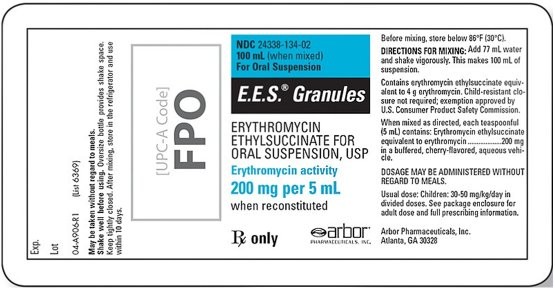The nurse admits a patient to the emergency department (ED) with a suspected cervical spine injury. What is the priority nursing action?
a. Keep the neck in the hyperextended position.
b. Maintain proper head and neck alignment.
c. Prepare for immediate endotracheal intubation.
d. Remove cervical collar upon arrival to the ED.
B
Alignment of the head and neck may help prevent spinal cord damage in the event of a cervical spine injury. Hyperextension of the neck is contraindicated with a cervical spine injury. Immediate endotracheal intubation is not indicated with a suspected cervical spine injury unless the patient's airway is compromised. The use of assist devices to maintain immobilization of the cervical spine is indicated until injury has been ruled out.
You might also like to view...
In the model by Betty Neuman, she focused on system theory, human needs of protection, or relief from stress. Which of the following was emphasized by her theory?
A) Humans have a need for dynamic balance that the nurse can provide. B) The healthful house is a vital concept. C) Nurses should care for the patient until the patient can care for self. D) Behaviors should be organized around specific goals.
The nurse is caring for a client who is experiencing acute renal failure. The nurse knows that this client may experience problems regulating which items?
Standard Text: Select all that apply. 1. Fluid balance 2. Electrolyte composition 3. The pH of body fluids 4. Heart rate 5. Blood pressure
The nurse is instructing a client taking levothyroxine (Synthroid) that full therapeutic benefits will be seen:
1. immediately. 2. within 3–5 days. 3. in 1–3 weeks. 4. within 24 hours.
Ordered: Erythromycin 0.5 g po every 6 hours. See label for available medication.The dose to administer is ________.
Fill in the blank(s) with the appropriate word(s).